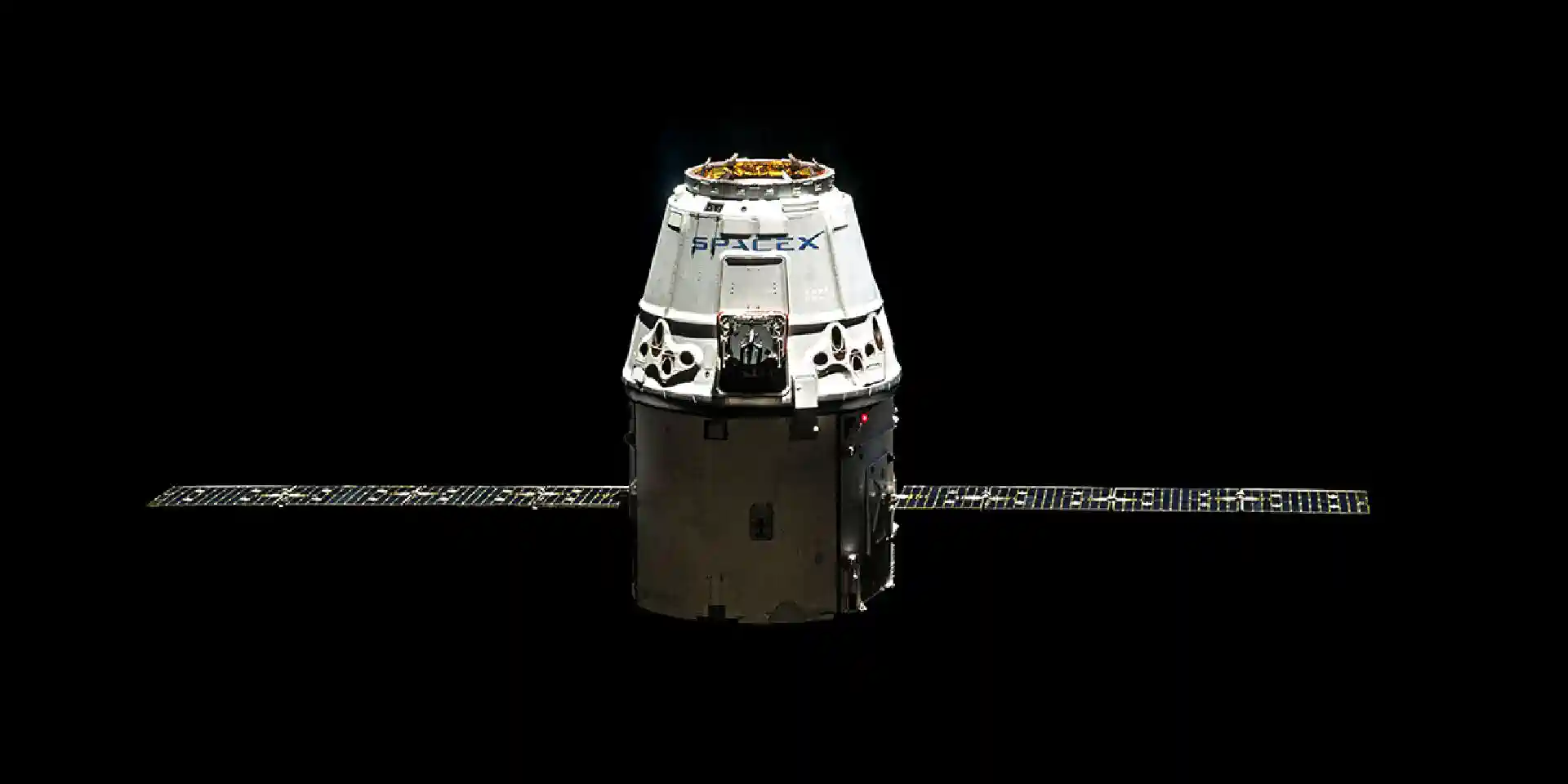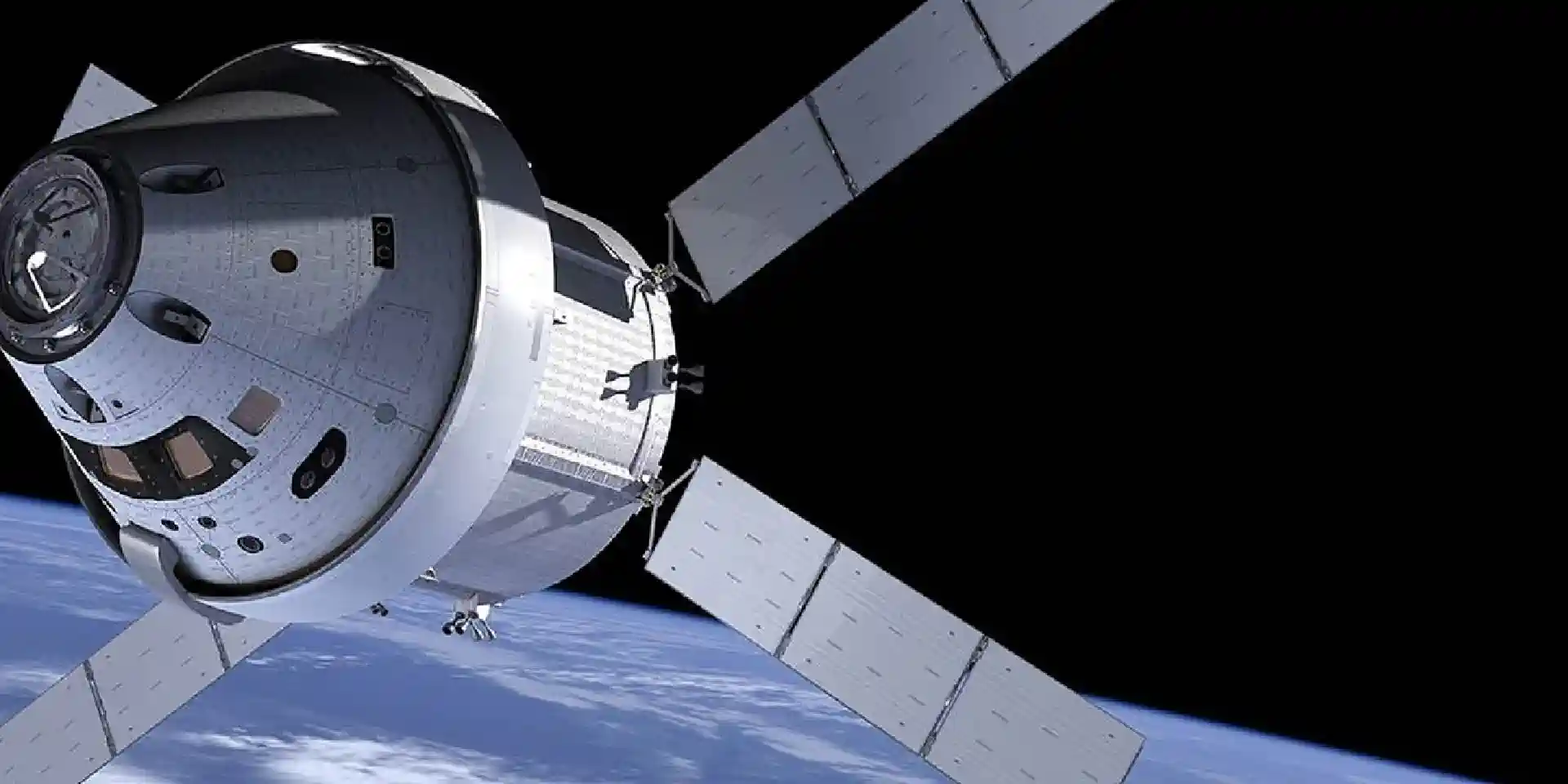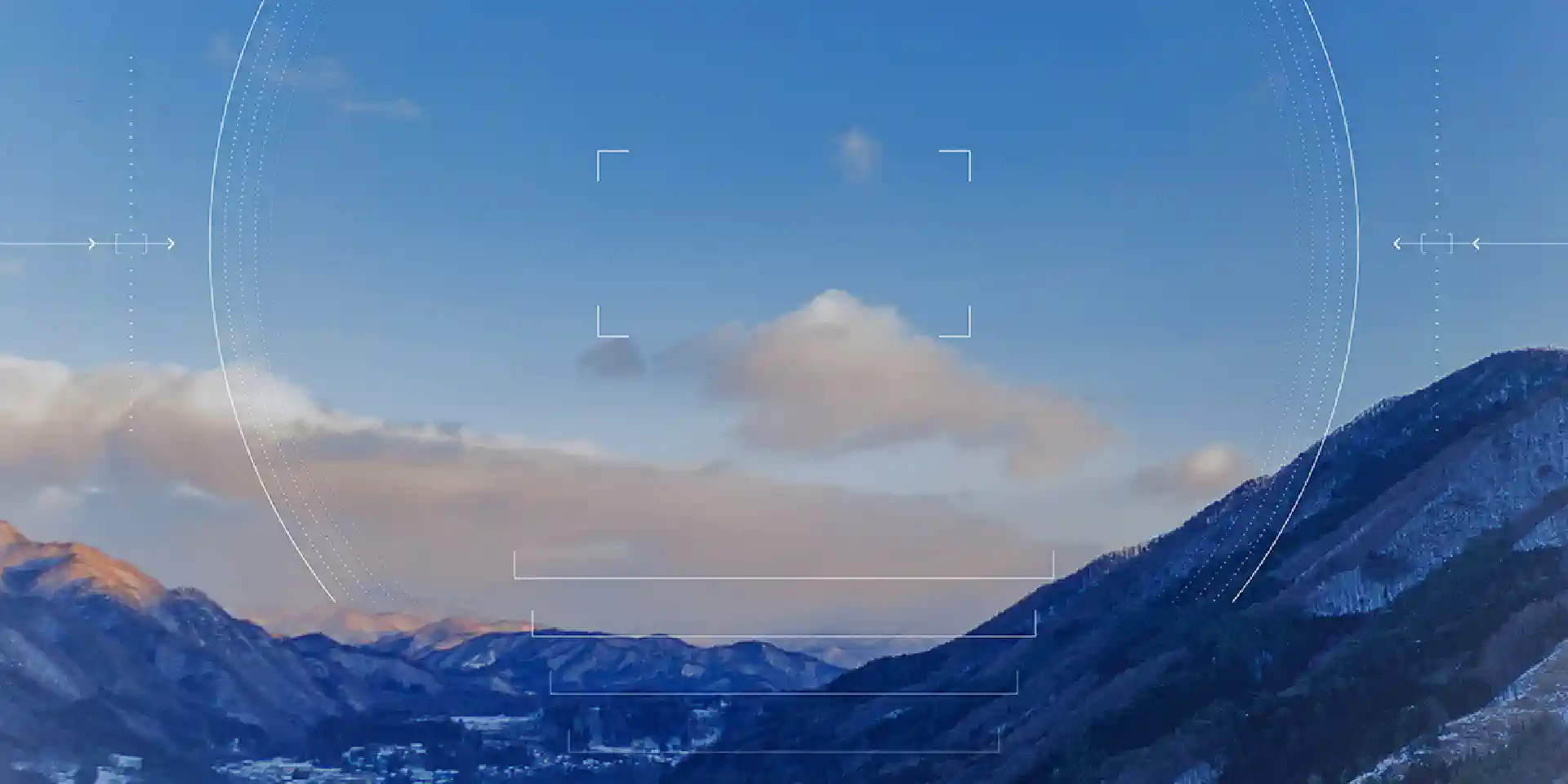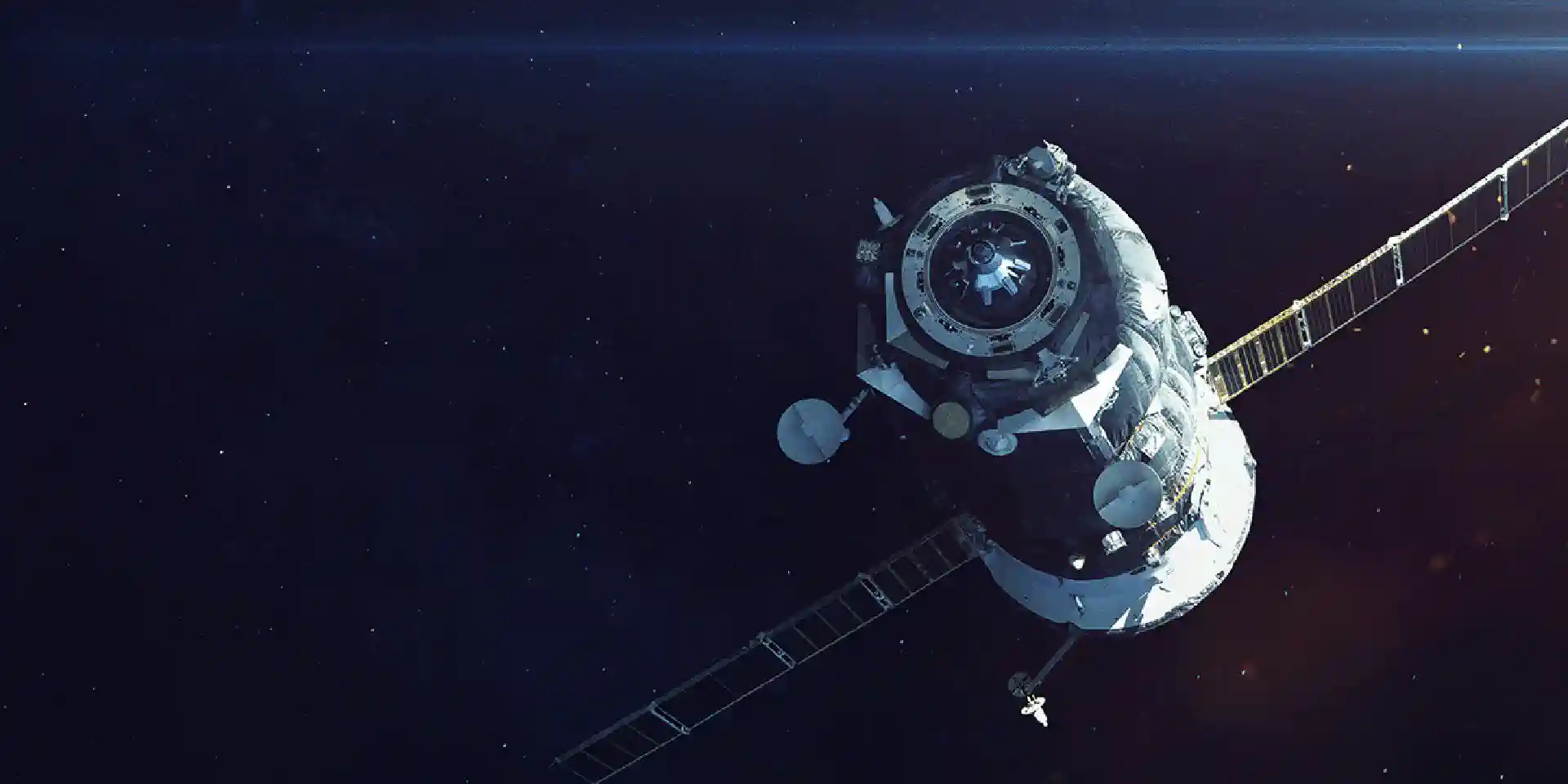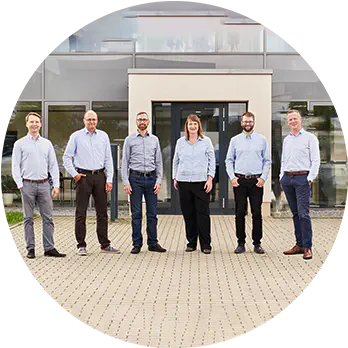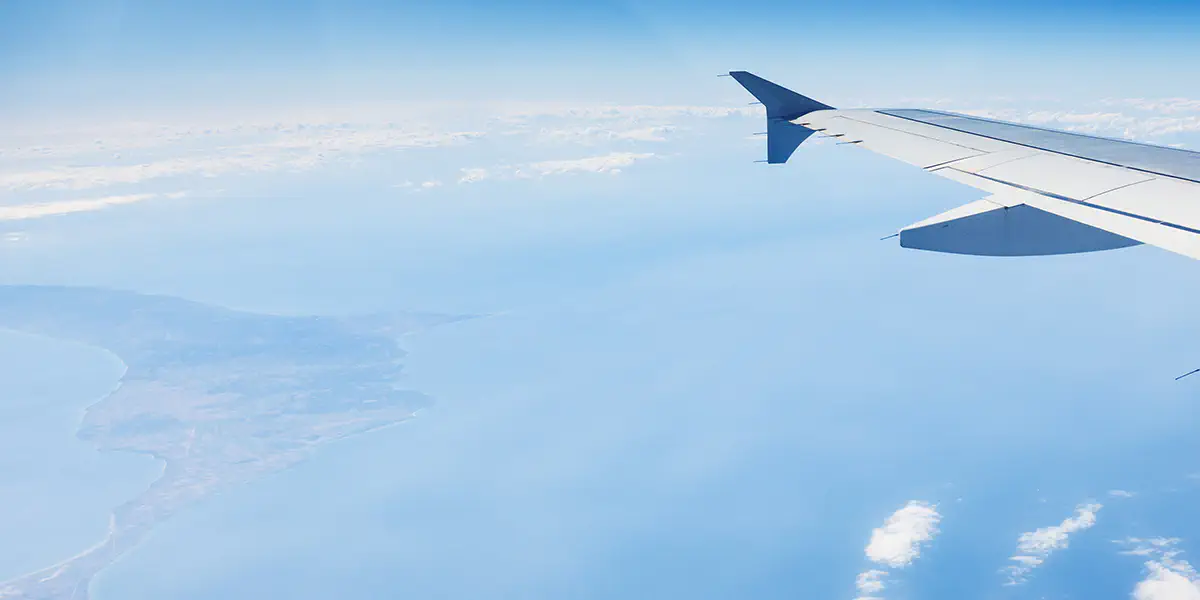
Aerospace Industry
Durable optics and systems
Optical applications for aerospace
Optical applications for the aerospace industry are diverse and have to meet highest requirements. A key challenge is the development of compact optical components and systems, to optimize space and weight restrictions. Whether for support in earth/climate observation, communications or navigation, performance, safety and reliability of optical components must be maintained at a consistently high level and also be reproducible.
Solutions for aerospace from asphericon
asphericons product portfolio for aerospace industry includes:
- Best quality optics, compact optics, aspheres, freeforms
- High-End Finishing (such as Ångström-Polishing) for lowest roughness
- Strong performance coatings for environment resistance
- Design studies, for the most demanding optical and mechanical performance
- Light-weight structures
Materials for optical aerospace applications
Regarding the selection of a suitable material for aerospace markets, the main challenge is to react as flexibly as possible to application specifications. Thanks to a worldwide unique, software-based digital manufacturing environment for CNC grinding and polishing machines as well as ultra-precise machining, asphericon is able to produce optics from a wide variety of materials. These include various glasses, silica, PMMA, metals and IR-crystals as well as:
- IR chalcogenide glasses (such as IG 2/4/5/6/7)
- Calcium fluoride (CaF₂),
- Germanium,
- Zinc sulfite,
- Zerodur and
- Aluminium.
- Other materials on request
Especially when processing IR materials, outstanding surface shape tolerances must and can be guaranteed.
Environmental tests
Optical components and systems for aerospace industry have to withstand extreme climatic conditions in use. Their exact validation and certification are indispensable for these markets, processes and standards require a very high level. asphericon offers a variety of extensive (environmental) tests within the production process. These include:
- Realization and documentation of environmental tests according DIN, MIL-C-675C, MIL-C-48497A, MIL-PRF-13830, DO-160G
- In-house tests for temperature, humidity, salt spray/solubility and water
- Laser induced deflection (LID)
- Cavity ring down method (CRD)
Further information on request
Optical coatings for a wide spectral range
An extensive coating portfolio completes asphericons offer for aerospace industry. Depending on individual properties of the base material and the requirements of an optical system, we select the appropriate coating technology for each project. Thereby, electron beam evaporation, ion beam assisted deposition and/or sputtering for substrate sizes up to 300 mm in diameter are used. Most modern manufacturing and measuring technologies enable optical coatings in the spectral range of 380 - 5100 nm.


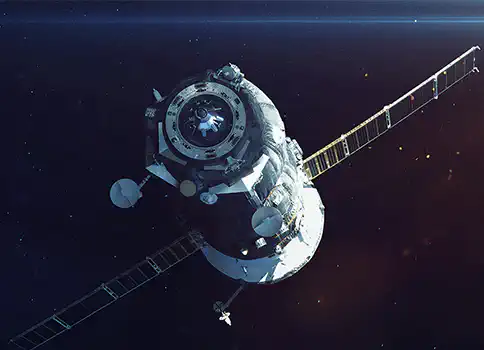
Specific application areas
As diverse as the optics and systems themselves, so are the applications in aerospace. Optics are used, for example, to determine the size of cultivated areas for crops, to detect forest fires or to analyse climate changes. This is often based on optical systems installed in satellites, such as spectrometers.
To observe the earth and its climate, the systems must not only be extremely robust, but also have a very high resolution. Measurements are often made over several wavelengths, and at the same time all other wavelengths must be eliminated. This is often achieved using set-ups with mirrors and filter layers.
Meanwhile, many processes are supported by a large quantity of data. For example, a farmer can have the perfect time for harvesting determined, and due to more precise application, fertilizer and pesticide consumption can be significantly reduced.
Satellite internet enables worldwide, fast, and easy access to information. Providers connect to the digital world from lower orbits, even for people in remote regions. Information is then transmitted between satellites or to Earth via lasers and microwaves. Satellite attitude determination has become essential for proper navigation. Also, specific measurement cycles or the alignment of communication units would not be possible without reliable location data.
In recent years, the number of satellites in orbit has increased significantly, especially due to more private space companies (New Space). New Space companies have enabled significantly more satellites in space and, concomitantly, produced unprecedented amounts of information about the Earth. In addition to providing deeper insights into Earth processes and developments, there is also a trend toward smaller and smaller satellites. In this context, the development of ultra-compact components is becoming even more important and demanding than for conventional satellites.
Display solutions are another field of application for photonics in the aerospace industry. Partially transparent optics, such as aspherical mirrors, can be installed in head-up displays to provide important information and flight data in the pilot’s field of vision. The optics/system solutions also ensure greater safety. You can find out more about head-up displays here.
